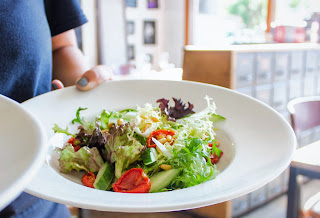Understanding the Alphabet Soup of Nutrition Credentials
On blogs and social media, you run into a lot of different acronyms. I get a lot of questions about the letters after people's names, such as RDN, CNS, CNSC, and CDE. You might be wondering, "What do these mean? Which professional is the right one for me? Can I trust them?" I'll help you sort through these questions... But first, you want to know the difference between a nutritionist and a dietitian, visit my previous post on that topic. What do these acronyms mean?




